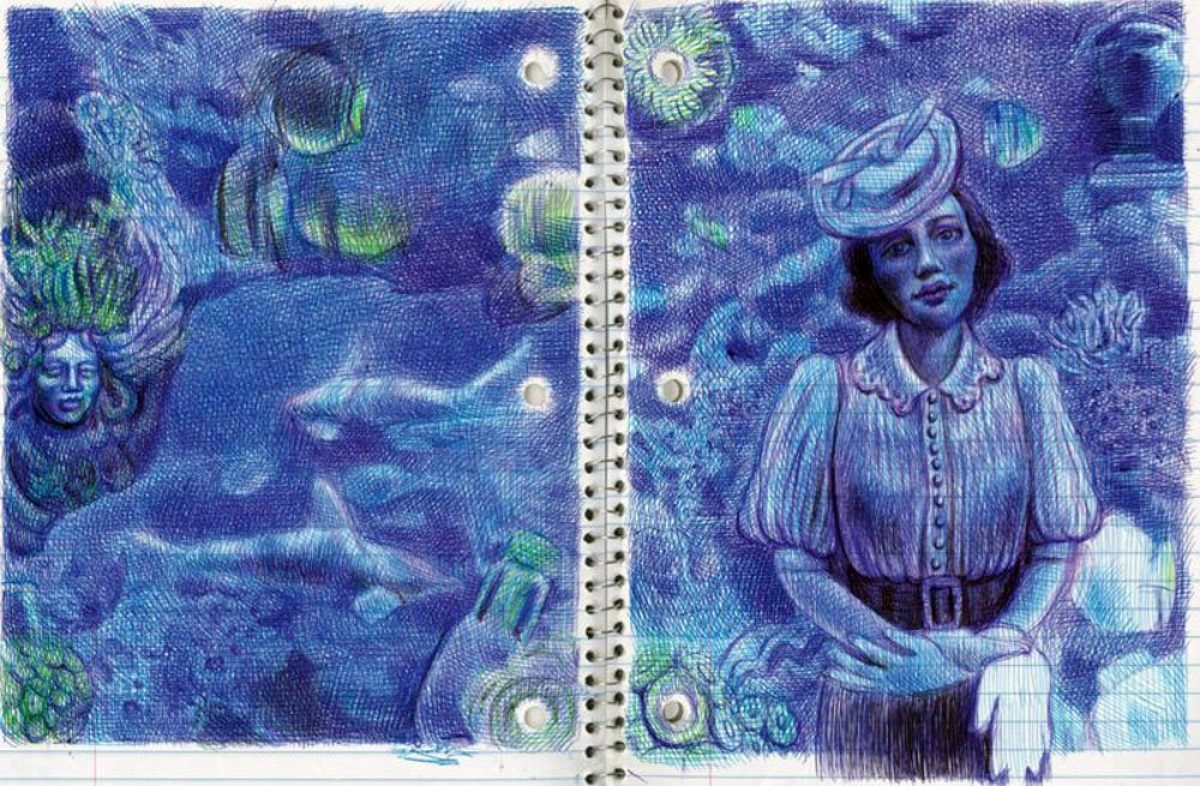Asterios Polyp, Bone and Tale of One Bad Rat
This weeks readings brought lots of interesting ideas and thoughts to the table. I started with Tale of One Bad Rat. It had this kind of (I don't know If I'm using the wrong terminology) "stock" marvel-dc kind of drawing visual style? I'm not equipped with the right vocabulary, but I suppose upon seeing the very first page I was already hesitant if I would enjoy the comic due to its immediate visual reference I was making in my head. However, despite this I decided to keep on reading, and I'm very glad I did! I was expecting it to be one of my 3 options I skim through only a little bit but the intriguing story pulled me towards the end of Book 1. I always enjoy magical realism and when there's a historical context to the narrative its a cherry on top! Language was obviously the biggest mystery of the comic hahaha I found myself often ending up trying to speak the words in the accent in my head which felt like a really unique interactive trait that the comic has.
Coming after was Asterios Polyp. My favorite aspect of books like this one, is the ability to tie the visual composition and the conceptual contexts (language/words/story) into such an intricate interdependent web where one really couldn't do without the other. Visual information exists through metaphor and allegory in addition to its primary function to help dictate and visualize the story. Breaking the boundaries of medium, color and form also helped reveal to the reader- despite Polyp's rigor, discipline and structure, an insight into the chaos and mayhem that often plagues his mind. The narrative being mostly a character study, did a really good job at acquainting you with the kinds of Asterios Polyp.
Lastly, I had the privilege of reconnecting with a childhood milestone in comic making for me- Bone. I had come upon Bone growing up in India, that from my recollection was one of the only solid "graphic novels" that were being sold in book stores in my town at that time. I remember being excited about having a novel that dictated the entire story through visual assistance- and was even more mind blown to enter the fantastical and mystical realms of Smiths worlds. I was obsessed, going on to research on how he made them, how he started with comic strips in the paper- a character he constructed at the age of 7! Beautiful memories of how impactful this comic was to my love of arts and expression. As I made myself more aware of the path to Bone, its like I began understanding how to 'breakdown' the framework of a comic book. Whether it be story, composition, drawing and inking, coloring or even publishing and releasing. I felt like Bone helped open the doors into reflecting on all of the numerous components required for a successful novel.






 .
.